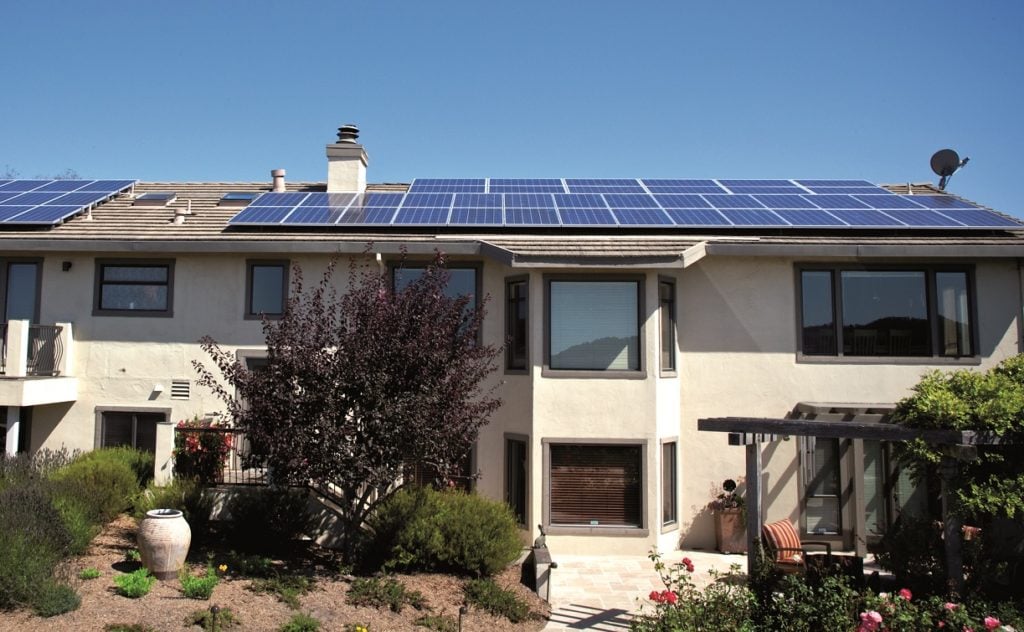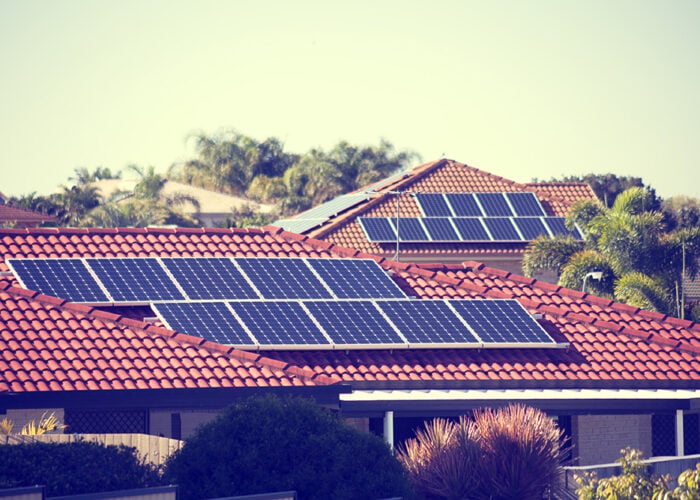
The Californian Public Utilities Commission (CPUC) issued a proposal yesterday to alter its net energy metering (NEM) tariff to encourage battery storage systems alongside distributed residential solar. The new proposal reversed some of the measures in the poorly-received NEM 3.0 programme.
The proposal has removed the US$8/kW monthly grid connection fee included in the previous plan –which was tabled late last year and vehemently criticised by industry professionals – whilst introducing US$900 million in upfront incentives for new adopters of solar-plus-storage systems. 70% of this funding, the CUPC says, will go to low-income Californians.
Unlock unlimited access for 12 whole months of distinctive global analysis
Photovoltaics International is now included.
- Regular insight and analysis of the industry’s biggest developments
- In-depth interviews with the industry’s leading figures
- Unlimited digital access to the PV Tech Power journal catalogue
- Unlimited digital access to the Photovoltaics International journal catalogue
- Access to more than 1,000 technical papers
- Discounts on Solar Media’s portfolio of events, in-person and virtual
The tariff will seek to promote grid stability by applying new rates to residential electricity use, differentiating between peak and off-peak hours to shift loads from high-demand evening hours to midday or overnight. This would encourage the purchase and installation of battery storage systems, as customers can theoretically deploy stored energy during peak times, cutting costs.
However, the proposal would cut the export rates that consumers receive from selling their surplus electricity back to the grid, from US$0.30/kW to US$0.08/kW, according to the Californian Solar & Storage Association (CALSSA).
The CPUC said that the changes would see customers of utilities Pacific Gas and Electric Company, Southern California Edison or San Diego Gas & Electric able to pay off newly installed systems within nine years. On average, it said that residential solar customers could expect a US$100 monthly saving, and solar-plus-storage customers at least US$136/month. These measures would not impact existing rooftop solar customers, whose compensation rates would remain the same.
“The CPUC rightly rejected proposals to impose unprecedented grid access fees on new solar and storage customers,” said Abigail Ross Hopper, CEO of the Solar Energy Industries Association.
The relative importance of grid stability through battery storage systems on one hand, and more widespread solar accessibility on the other has divided the response to the announcement. The proposed amendments have received criticism for favouring high-income residents, who already account for the majority of the residential solar market.
“The CPUC’s new proposed decision would really hurt. It needs more work or it will replace the solar tax with a steep solar decline. An immediate 75% reduction of net energy metering credits does not support a growing solar market in California,” said Bernadette Del Chiaro, executive director of CALSSA.
“California needs more solar power and more solar-charged batteries, not less. We urge Governor Newsom and the CPUC to make further adjustments to help more middle- and working-class consumers as well as schools and farms access affordable, reliable, clean energy.”
Ross Hopper added: “Distributed solar and storage projects help to strengthen the grid and boost community resilience, which will only help communities that are already bearing the brunt of climate change.”
Recent analysis from Wood Mackenzie said that the US residential solar market is growing, though market changes lie ahead, and California has been the leader of the sector for some time. In 2020 it became the first state to mandate rooftop installations on most new homes.







